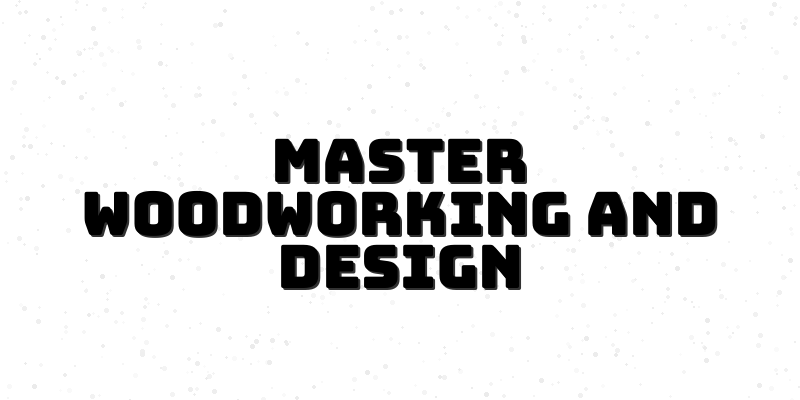Master the Essential Interior Design Principles for a Stunning Home
Homeowners today are increasingly realizing the power of interior design principles in enhancing not just the aesthetics of their space, but also its functionality and value. Whether you are looking to create a serene sanctuary in your living room or an efficient workspace in your home office, mastering these principles is key. In this article, we will explore the fundamental aspects of interior design, focusing on color theory, space planning, furniture selection, and creating mood boards that reflect your unique style.
Understanding Interior Design Principles
Interior design principles are the foundational elements that guide the arrangement of a space. These principles include balance, harmony, proportion, scale, and rhythm. By understanding these aspects, homeowners can create a cohesive look that feels intuitively pleasing to the eye. Balance can be achieved through symmetrical arrangements or by placing visual weight accordingly, while harmony comes from the thoughtful combination of colors, textures, and shapes.
Proportion and scale relate to the size of objects in relation to each other and the space itself. A well-proportioned room creates a sense of comfort, while mismatched proportions can feel chaotic. Furthermore, rhythm in design can be established by repeating certain colors, shapes, or textures to create a flow throughout the space.
Mastering these principles is essential for anyone looking to create an inviting and functional environment, ensuring that all elements work in concert rather than compete for attention.
The Role of Color Theory
Color theory is a fundamental component of interior design that greatly influences mood and perception. Different colors evoke different emotions; for example, blues and greens often create a calming effect, while reds and yellows can invigorate a room.
Understanding the color wheel is key to effective color selection. Complementary colors can create vibrant contrasts, while analogous colors can provide a sense of tranquility. Homeowners can experiment with warm and cool palettes to fit the desired ambiance of each room.
Additionally, color can be used strategically to manipulate spatial perception. Light colors can make a small room feel larger, while darker hues give a sense of coziness to expansive spaces. Therefore, applying color theory effectively can dramatically enhance both the aesthetics and experience of living spaces.
Effective Space Planning Strategies
Space planning is all about utilizing the available square footage efficiently. An effective layout should consider the flow of movement within the space, allowing you to create functional zones that cater to different activities. Understanding your lifestyle and how you use each room can inform the best design choices.
Begin by considering how you want to use the space. For example, in a living room, you may want to establish a conversation area focused around a central coffee table, while in a dining room, the table should dominate the space. Furniture placement should facilitate conversation while ensuring ease of movement.
Moreover, utilizing multifunctional furniture can optimize small spaces without compromising on style. Items like ottomans that double as storage or expandable dining tables are valuable assets in thoughtful space planning.
Selecting the Right Furniture and Decor
When selecting furniture and decor, it's important to keep the scale and proportion in mind. Oversized furniture can overwhelm a small area, while tiny pieces can get lost in a large space. Always consider the overall style and function of the room before making purchases.
Additionally, sourcing decor that complements your personality is crucial. Mixing textures, such as soft textiles or metallic accents, can add depth and interest to a room without overwhelming the senses. Layering elements like rugs, artwork, and plants creates visual warmth and makes your living space feel more inviting.
Remember to create a cohesive theme across your home; this might include keeping a consistent color palette or a recurring decorative motif that ties different rooms together.
Creating a Mood Board
A mood board is an essential tool that allows you to visualize your design ideas. It can include color swatches, fabric samples, images of furniture, and other inspirational pieces that encapsulate the feel you want in your home. This process not only helps in organizing your thoughts but also in communicating your vision with any collaborators or contractors you might work with.
When assembling a mood board, aim for a blend of elements that communicate your desired emotional response. Choose colors and textures that resonate with you and reflect your style. Once you have gathered these pieces, you can start arranging them visually to see how they interact with each other.
Utilizing mood boards can streamline decision-making and avoid costly mistakes by providing a clear picture of what works and what doesn't before you make any purchases.






